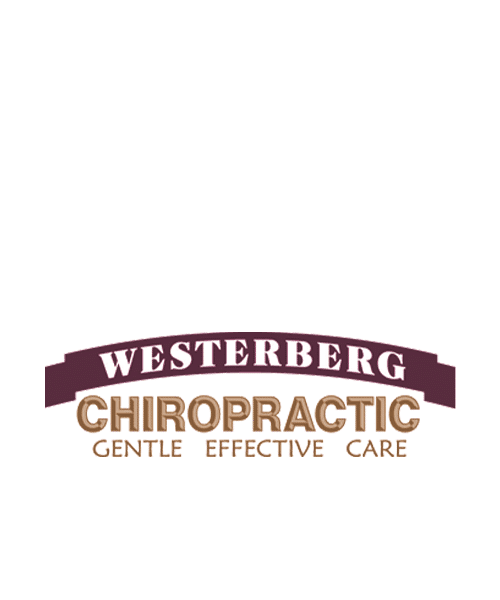Addiction in Cambridge

Addiction is a big problem in the United States. It is estimated that one out of five people in our nation struggle with addiction. Addiction is also a factor in many other serious issues. For instance, over 80% of all crime is linked to addiction and substance abuse. More than half of all traffic fatalities (50%), manslaughters (68%), drowning deaths (69%), murders (49%), and suicides (35%) are linked to addiction as well. These statistics do not even include the deaths and health complications that result from drug overdose and substance abuse.
In a more personal way, addiction may be a problem in your life. Perhaps you are struggling with an addiction and can’t seem to stop. Perhaps it is affecting your marriage or your relationships. Perhaps it is causing problems with your job, or maybe even legal problems. If you are struggling with addiction in Cambridge, don’t give up. There is hope. Keep reading . . .
HOW ADDICTION IS CURRENTLY TREATED
There are five main categories of addiction. The five addictions are chemical, food, risk-taking behaviors, sex, and work. The standard treatment for most types of addiction is rehabilitation programs and counseling. In the case of chemical addictions, sometimes a prescription drug is given to replace the illicit drug with the hope that getting off the prescription drug will be an easier process than getting off the illicit drug. All of these methods of treatment have a certain level of success, but it could be better.
COMMON PATTERNS SEEN IN ADDICTION TREATMENT
Many people suffering from substance abuse disorders continue to struggle in spite of receiving rehabilitation treatment and/or counseling. Many of them go in and out of rehabilitation programs over and over, only to fail again. Indeed, many of these addicts are incarcerated repeatedly but resume their addictive behaviors once they are released.
Addicts are often told their problem is a lack of moral character or a lack of will power. They are asked, “Why don’t you just stop, can’t you see all the harm you are doing?” Most addicts would stop if they could, but the problem of addiction goes deeper than most people realize.
WHY CAN’T I STOP?
Research is revealing more and more that there is a large physical component to the problem of addiction. There is a place in our brain informally called the Reward Center. It is specifically located in the hypothalamus, a part of the mid-brain. This center is responsible for creating a sense of “well-being” in us. The sense of “well-being” occurs when the neurotransmitters and their receptors in this area are all in balance and working together in harmony.
The neurotransmitters must be created and released in the right amounts, and the neurotransmitter receptors must be functioning correctly to receive these neurotransmitters. Dopamine is the main neurotransmitter responsible for creating a sense of well being. In people with addictions, it has been found that there is a dopamine receptor defect, making it very hard for them to reach and sustain a state of “well being.”
Because of this receptor defect, a person will find themselves seeking a state of “well being” through the use of alcohol, drugs, gambling, food, sex, and other addictive behaviors because these behaviors release large amounts of dopamine, giving them a state of well being. The brain will always seek a state of well being, and it wants to take the easiest path to get there. The person with an addiction will very often feel a compulsion to engage in his addictive behaviors. It is believed that this compulsion comes when the midbrain is needing a dopamine fix.
HOW DOES CHIROPRACTIC HELP WITH ADDICTION?
Three components are used in addiction treatment in a chiropractic clinic. The first is the chiropractic adjustment. Chiropractic adjustments correct subluxations. A subluxation is a misalignment in the spine that produces nerve interference throughout the whole body. This nerve interference affects how well the body functions and it also interferes with our sense of well being. At Westerberg Chiropractic we adjust subluxations using a technique called Torque Release Technique. Torque Release Technique was developed by Dr. Jay Holder. Research at the Miami School of Medicine revealed that Torque Release Technique produces a state of well being and improves human potential.
The second component in addiction treatment is auriculotherapy. Auriculotherapy is a therapy that uses a micro-current to stimulate specific points in the ears, which then stimulate specific points in the brain. There are very specific points that reduce cravings and help in the area of addiction.
The third component is Amino Acid Replacement Therapy. There are very specific amino acids that work in the Reward Cascade System to increase the amount of dopamine getting to the dopamine receptors. This also helps to create a state of well being.
When a person receives Torque Release chiropractic adjustments, auriculotherapy, and amino acid replacement therapy, along with counseling and a twelve step program, they are on a very robust treatment program. Treating the physical components of addiction can greatly increase your chances of success.
Do you need help with an alcohol or other drug addiction? Do you need help to quit smoking? Are you struggling with a food addiction?
Dr. Westerberg is a Certified Addictionologist and holds a Diplomate through the American College of Addictionology and Compulsive Disorders. If you are interested in learning more about our chiropractic based addiction treatment program please call Westerberg Chiropractic at (763) 689-0900.
Monday
10:00am - 12:00pm
2:00pm - 6:00pm
Tuesday
Closed
Wednesday
10:00am - 12:00pm
2:00pm - 6:00pm
Thursday
Closed
Friday
10:00am - 12:00pm
2:00pm - 6:00pm
Saturday
10:00am - 12:00pm
Westerberg Chiropractic
135 2nd Avenue NW
Cambridge, MN 55008
(763) 689-0900




